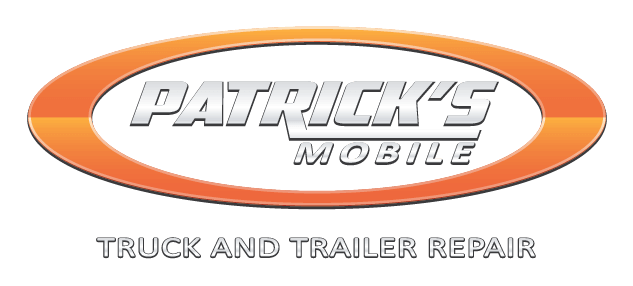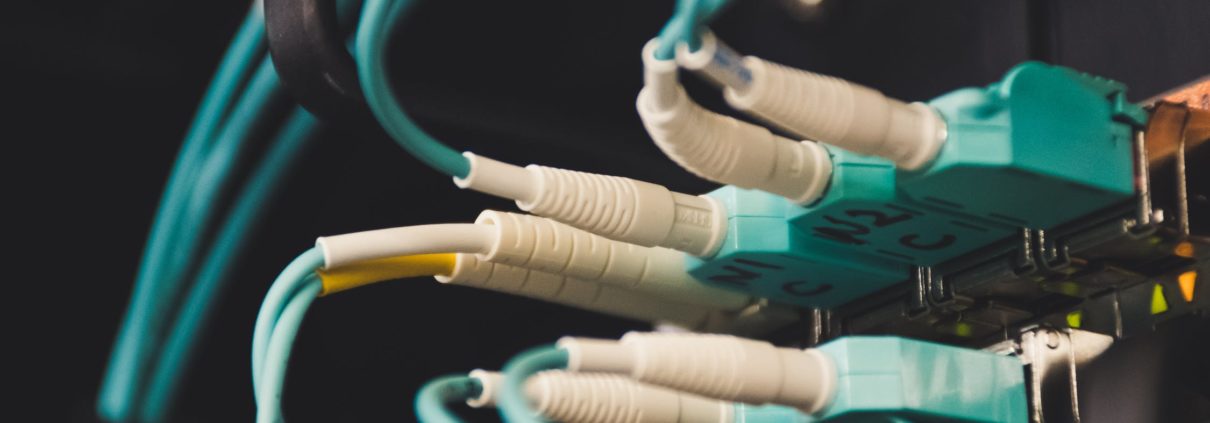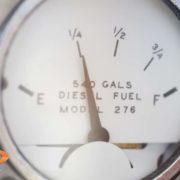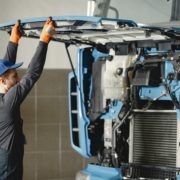What’s The Difference Between OBD And OBD2?
In mechanics, OBD is a technical term that stands for “onboard diagnostics.” It refers to the high-tech system that diagnoses and reports engine problems in the vehicle. The system will alert the driver of issues and store the code related to the issue, which tells the scan tool of the technician what’s going on with the engine. As a driver, you’ll see it at work when the “Check Engine Light” or “Service Engine Soon” light turns on. Of course, this only works when the driver pays attention to those pesky lights and takes their vehicle in for repairs!
Since the 1990s, onboard diagnostics has changed from the OBD system to OBD2. This was a big advancement for mechanics, and it has made the diagnosis of engine problems easier and more reliable.
The Difference Between OBD And OBD2
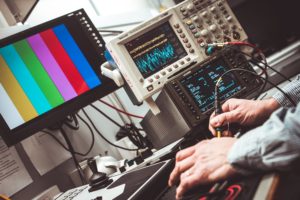 Manufacturers included the first OBD systems in the early years of vehicle production to diagnose the vehicle’s emission control system. It considered energy and fuel consumption and compared the result to the output. The scan tool was able to connect through the console, allowing for easy reading and diagnosis. The scan tools also needed a connection to the system via a cord. However, there were fewer codes, known as Diagnostic Trouble Codes, for the OBD scan tool to read. Scan tools also would not work on two different manufacturers, even if the problem was the same.
Manufacturers included the first OBD systems in the early years of vehicle production to diagnose the vehicle’s emission control system. It considered energy and fuel consumption and compared the result to the output. The scan tool was able to connect through the console, allowing for easy reading and diagnosis. The scan tools also needed a connection to the system via a cord. However, there were fewer codes, known as Diagnostic Trouble Codes, for the OBD scan tool to read. Scan tools also would not work on two different manufacturers, even if the problem was the same.
In 1996, OBD upgraded to OBD2, and it was an improvement in almost every way. It features better-messaging formats and signalling protocols than its predecessor, allowing for more exact diagnoses. OBD2 also uses standardized code definitions that identify all basic emissions-related issues in domestic or foreign vehicles, regardless of their make or model. The scan tools can also access the diagnostics through Bluetooth or Wi-Fi, making our jobs easier when you’re stuck on the side of the road.
What Makes OBD2 Better?
 OBD2 is superior to the original in many ways. This newer system pinpoints problems in cars manufactured after 1996 with much more exactness and can monitor battery and engine performance, fuel control, misfires, catalytic converter efficiency, exhaust gas recirculation, O2 sensors, and oil temp. The Powertrain Control Module, which controls charging, emission, and transmission systems, will also notify the driver of any issues and store the trouble code to aid in the diagnostics process. These new features make it possible to identify and correct problems related to emissions before the vehicle releases harmful pollutants.
OBD2 is superior to the original in many ways. This newer system pinpoints problems in cars manufactured after 1996 with much more exactness and can monitor battery and engine performance, fuel control, misfires, catalytic converter efficiency, exhaust gas recirculation, O2 sensors, and oil temp. The Powertrain Control Module, which controls charging, emission, and transmission systems, will also notify the driver of any issues and store the trouble code to aid in the diagnostics process. These new features make it possible to identify and correct problems related to emissions before the vehicle releases harmful pollutants.
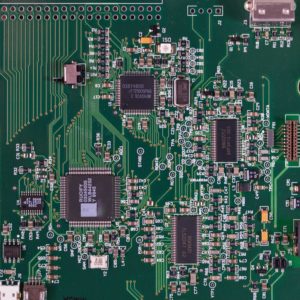 Because OBD was found in cars manufactured before 1995, mechanics rarely have to deal with it anymore. This is good because OBD scanners were manufacturer specified, meaning one car brand, one OBD scanner. OBD2 is universal, and one scanner tool can support different manufacturers. In a trucking industry with many different manufacturers, this makes our jobs a whole lot easier!
Because OBD was found in cars manufactured before 1995, mechanics rarely have to deal with it anymore. This is good because OBD scanners were manufacturer specified, meaning one car brand, one OBD scanner. OBD2 is universal, and one scanner tool can support different manufacturers. In a trucking industry with many different manufacturers, this makes our jobs a whole lot easier!
